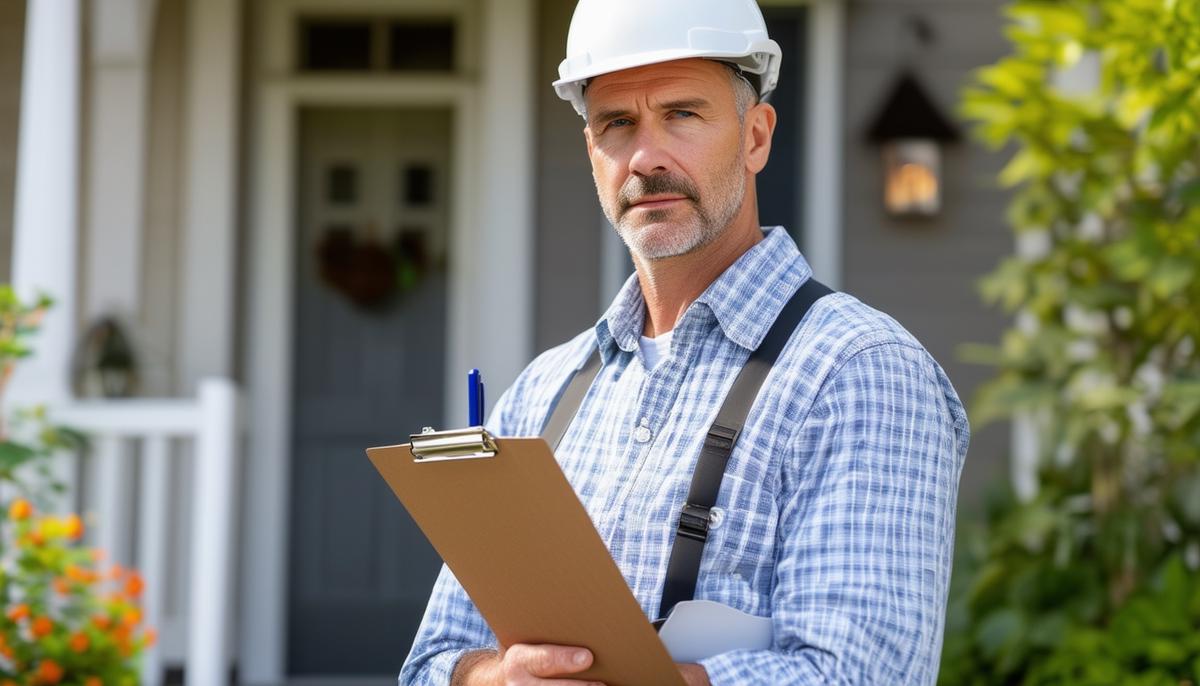Buying a home is an exciting journey filled with anticipation and discovery. As you step into this adventure, it's essential to be aware of the various aspects that can impact your dream home's safety, comfort, and value. From the integrity of the foundation to the efficiency of your HVAC system, understanding these elements will help you make informed decisions and ensure a smooth transition into homeownership.
1. Faulty Wiring
Home inspections often flag faulty wiring as a major concern. With 51,000 house fires sparked by poor wiring each year, this isn't something to ignore. Older homes are particularly prone to this issue; they tend to lack modern electrical standards, making them potential fire hazards.1
Inspectors look for red flags like:
- Over-fused circuits
- Frayed insulation
- DIY fixes that could spell trouble
They primarily focus on outdated systems, using standards set by the National Fire Protection Association as benchmarks.
Discovering faulty wiring could necessitate a full rewire, which isn't cheap. However, safety comes first. Not all wiring issues suggest imminent danger, but addressing them before a minor problem grows into a serious situation is crucial. Whether it's fixing a loose outlet or replacing hazardous aluminum wiring common in homes built between 1965 and 1973, this detail could significantly impact your investment.
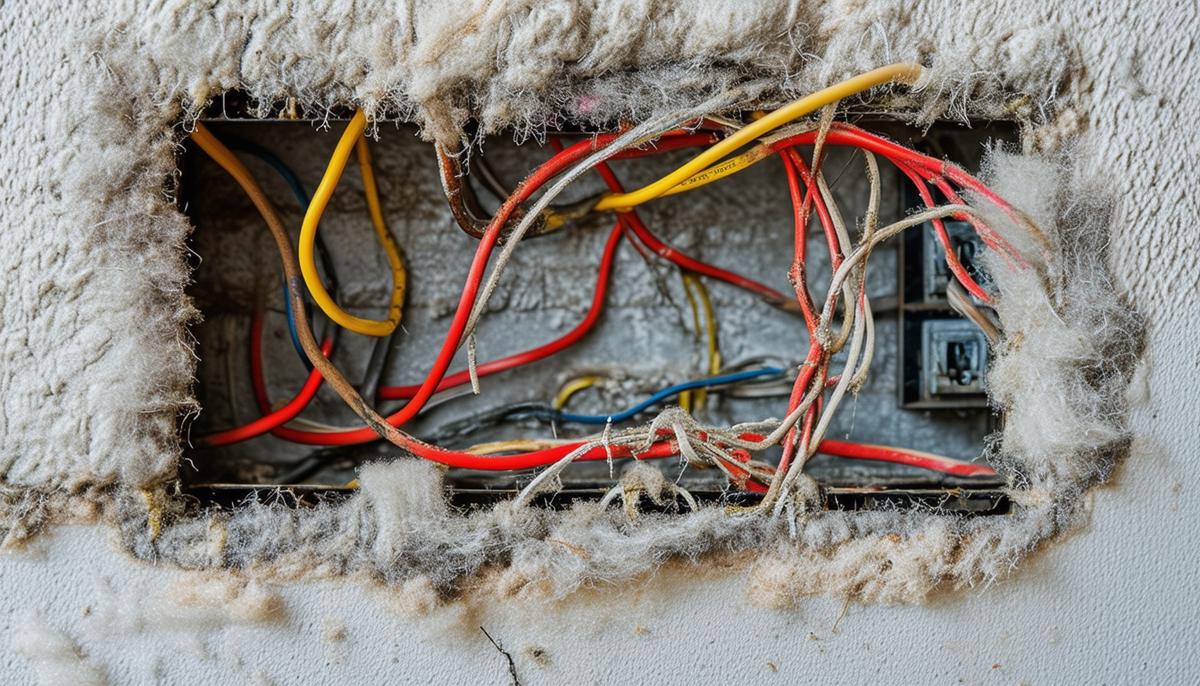
2. Roof Issues
The roof is your home's first line of defense against the elements, so it's worth paying attention to. Whether it's a quaint cottage or a sprawling mansion, every roof has its story.
Common roof problems include:
- Missing shingles: A few absent shingles might seem minor, but they can lead to leaks, potentially damaging your attic and the rooms below.
- Leaks: These can appear almost anywhere and are often spotted too late. Your inspector will look for signs of water intrusion like stains on the ceiling or damp spots in the attic.
- Poor installation: Improperly installed roofing materials can lead to more than just aesthetic problems. They can fast-track you to leak issues.
- Subpar repairs: These can conceal underlying damage and lead to more significant problems down the line.
If your home inspection flags roof issues, don't brush them off. Get a professional's opinion and a quote for repairs or replacements. Yes, it might be costly, but remember, a strong roof equals a strong home. Even older roofs can serve you well with proper care and timely repairs.

3. Plumbing Problems
Plumbing issues in a home inspection report might initially seem minor, but they can quickly become major, expensive problems if left unchecked. Your inspector will examine everything from faucets to pipes, looking for leaks, water pressure issues, and signs of outdated or corroded piping.
Leaks that have gone unnoticed for a while can lead to more than just a soggy mess. They can cause serious floor damage, subfloor rot, and mold growth.
"Be wary of Polybutylene pipes, common in homes built in the '80s and '90s. These pipes were banned in 1995 because they're prone to leaking and could set you up for sudden plumbing nightmares."
Most plumbing is hidden behind walls or under floors, so DIY fixes or quick repairs might look fine on the surface but conceal major issues. Consider calling in a plumbing specialist for a thorough inspection. It's worth the extra effort to secure peace of mind and a dry, happy home.
4. Foundation Flaws
Foundation flaws can be some of the most serious home inspection issues. We're talking about cracks, settling, and bowing that can significantly impact a home's structural integrity.
Signs of foundation problems include:
- Cracked walls
- Misaligned doors
- Uneven floors
Structural issues can range from minor hairline cracks to major cracks in the concrete slab that require immediate attention.
Poor drainage is often a culprit in foundation issues. When water doesn't properly drain away from your house, it can compromise the ground your home stands on.
Horizontal cracks with a bulge are particularly concerning, often indicating significant structural issues that need immediate attention. While minor cracks might be an easy fix, extensive foundation repairs can be very expensive.
Being proactive about foundation problems can save you a lot of trouble and money in the long run. If your inspection report flags foundation issues, get a specialist to assess the situation promptly. Taking early action can make a big difference in preserving your home's structural integrity.
5. HVAC System Failures
HVAC systems are the unsung heroes of your home, keeping you comfortable year-round. If the inspector discovers your HVAC system isn't running efficiently, it's more than just an inconvenience—it can be costly.
HVAC systems typically last about 10-20 years. Older systems can be inefficient, leading to higher utility bills and potentially expensive repairs.2
During the inspection, pay attention to the heat exchanger. If the flame is more yellow than blue, it could indicate a cracked heat exchanger, which not only affects heating efficiency but also poses a potential carbon monoxide risk.
Don't forget about ductwork. Improperly sealed ducts can lead to dust and debris in your living space, creating issues for those with allergies. An HVAC technician can perform a tune-up on newer systems or help you assess if you need a full replacement.
While addressing HVAC issues might feel like an invisible expense, tackling these problems early can lead to a more comfortable and efficient home in the long run.
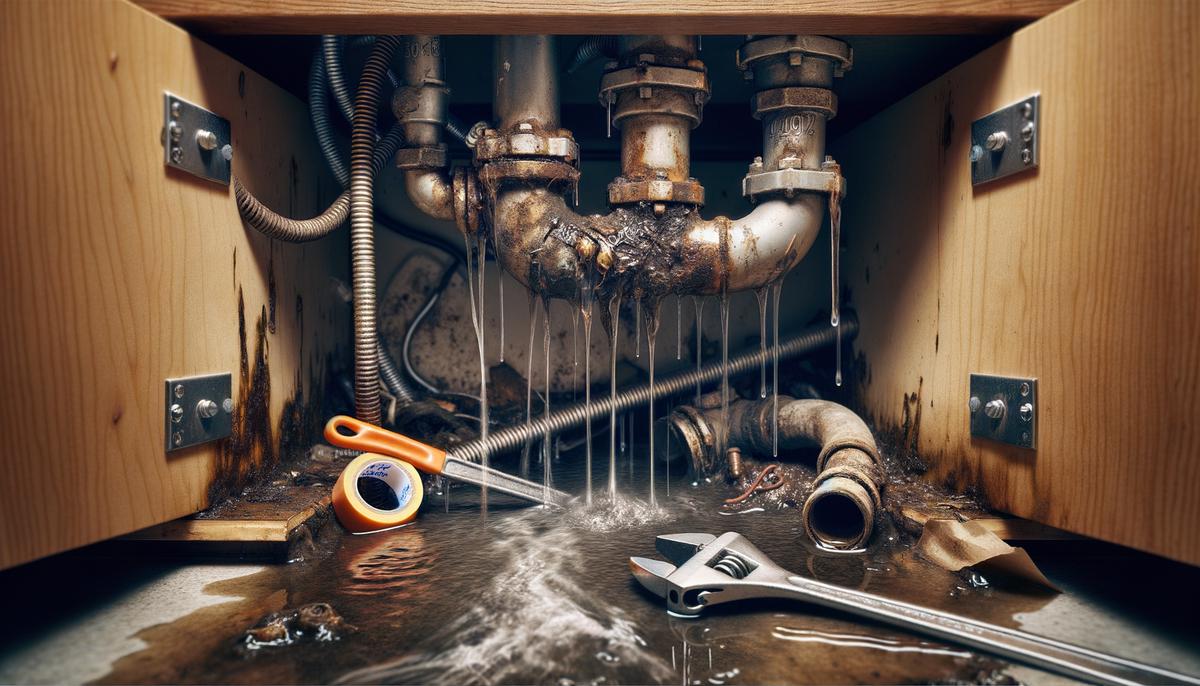
4. Foundation Flaws
Foundation Flaws
Foundation flaws can be one of the most serious home inspection issues. We're talking about cracks, settling, and bowing that can significantly impact a home's structural integrity.
Signs of foundation problems include:
- Cracked walls
- Misaligned doors
- Uneven floors
Structural issues can range from minor hairline cracks to major cracks in the concrete slab that require immediate attention from a foundation expert.
Poor drainage is often a culprit in foundation issues. When water doesn't properly drain away from your house, it can compromise the ground your home stands on. Horizontal cracks with a bulge are particularly concerning and often indicate significant structural problems.
While minor cracks might be an easy fix, extensive foundation repairs can be very costly. Being proactive about foundation problems can save you a lot of trouble and expense in the long run. If your inspection report flags foundation issues, it's crucial to get a specialist to assess the situation promptly.
Whether the solution is underpinning, mudjacking, or another method, addressing foundation problems early can prevent more serious issues down the line. Treating your home's foundation with care is essential – after all, it literally holds everything together.
HVAC System Failures
HVAC systems are the unsung heroes of your home, keeping you comfortable year-round. However, when these systems fail, it can lead to discomfort and high utility bills.
HVAC systems typically last about 10-20 years. An inspector might discover that your system is running inefficiently, which can be costly in terms of energy usage and potential repairs.
Some red flags include:
- A heat exchanger with a yellow flame instead of blue, which could indicate a dangerous cracked heat exchanger
- Improperly sealed ductwork, which can lead to dust and allergens in your living space
Addressing HVAC issues promptly is important for both comfort and efficiency. While a new HVAC system can be a significant investment, it can also lead to long-term savings on energy bills and prevent more serious problems down the line.
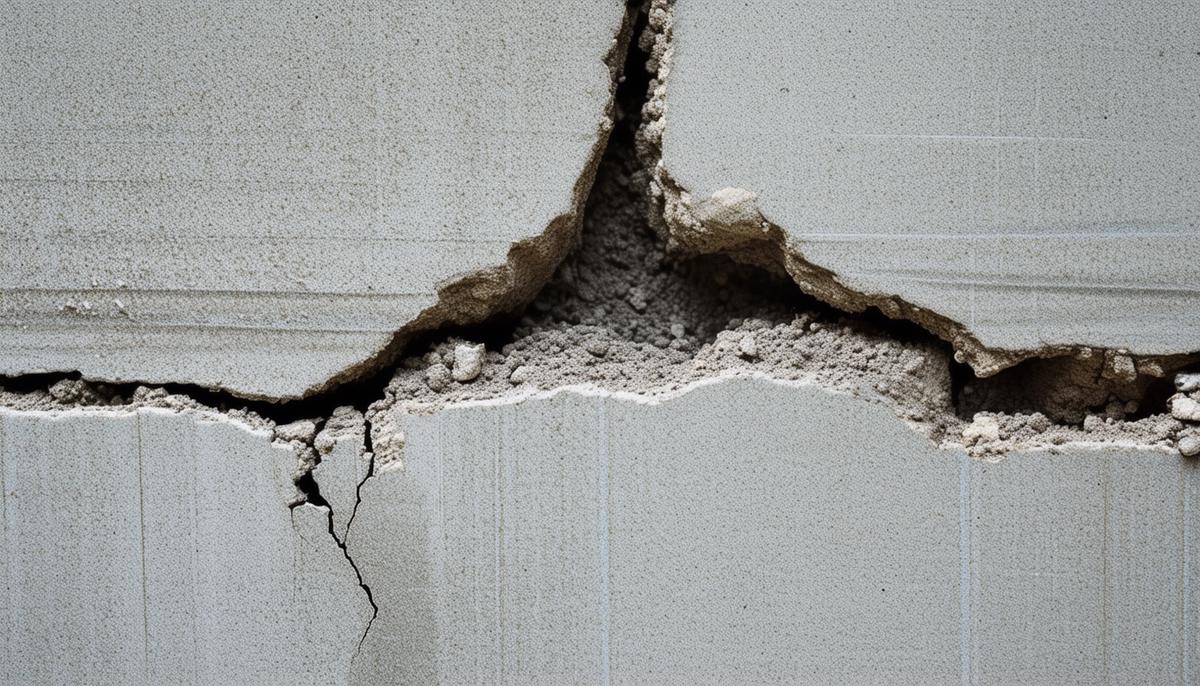
5. HVAC System Failures
Termites
Termites may be small, but they can cause enormous damage if left unchecked. Signs of an infestation include:
- Mud tubes
- Winged termites
- Damaged wood that sounds hollow when tapped
If termites are found during an inspection, it's crucial to address the problem quickly. A termite bond from a reputable pest control company can provide necessary treatments and regular check-ups to prevent future infestations.
While termite treatment can be relatively affordable if caught early, allowing an infestation to continue can lead to significant structural damage and costly repairs.
Poor Insulation and Ventilation
Proper insulation and ventilation are crucial for maintaining a comfortable, energy-efficient home. Insufficient insulation can lead to higher energy bills and less comfort, as your heating and cooling systems work overtime to compensate.
Poor ventilation can cause moisture buildup, leading to mold growth and other moisture-related issues. Signs of ventilation problems include:
- Condensation on windows
- Mold in bathrooms
- Stale air
Upgrading insulation and improving ventilation can significantly cut energy bills and improve indoor air quality. If your home inspection flags these as areas of concern, it's worth getting a contractor to assess and upgrade as needed.
Pest Infestations
Pest infestations can range from termites to rodents and beyond. These unwelcome guests can cause property damage, spread diseases, and create an unpleasant living environment.
During an inspection, look for signs of pests such as droppings, nests, or gnawed wiring. While most infestations can be treated efficiently by pest control professionals, severe cases might require extensive cleanup and repairs.
Discovering pests during a home inspection might be unsettling, but it's better to address the problem upfront rather than after you've moved in.
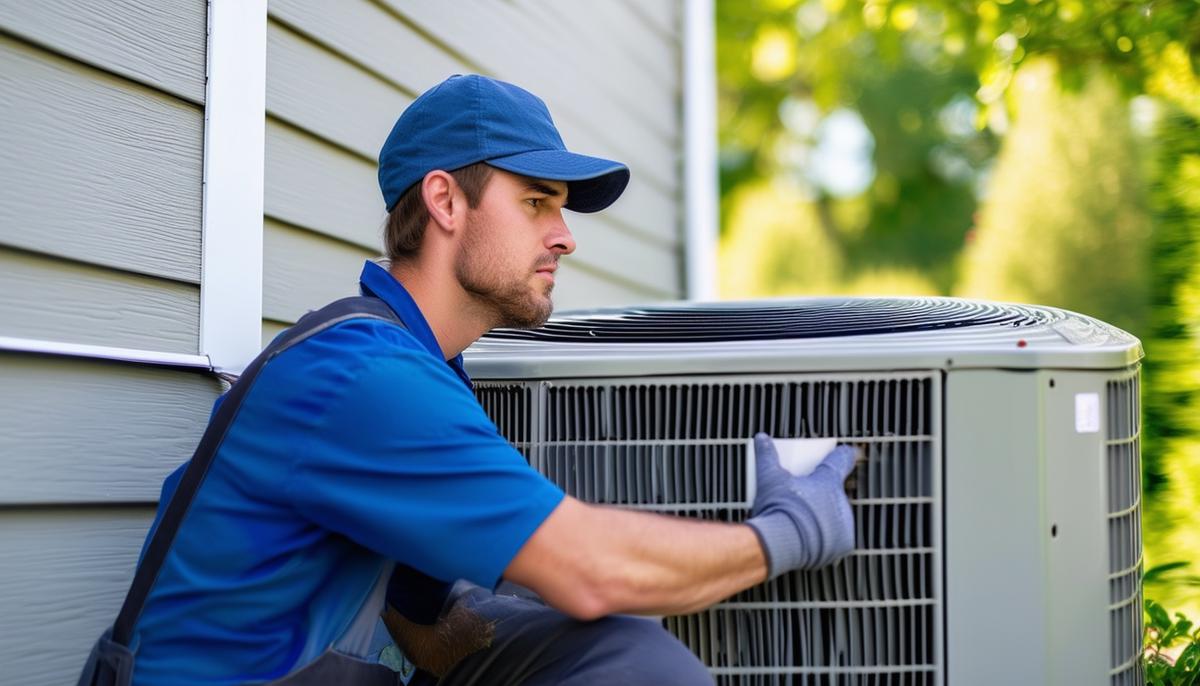
6. Water Damage and Mold
Water damage and mold are serious issues that can significantly impact a home's integrity and your health. Water can damage floors, walls, and the structural elements of your house.
During an inspection, look for signs of water intrusion, from roof leaks to plumbing issues. Mold, which thrives in damp, dark places, is not just unsightly but also a potential health hazard. Common areas for mold growth include:
- Basements
- Attics
- Crawlspaces
Ignoring water damage can lead to extensive and expensive repairs. Mold remediation involves not just cleaning up the mold, but also fixing the source of moisture to prevent recurrence.
"Addressing water damage and mold issues promptly can save you from more expensive repairs in the future and ensure a healthy living environment."
If your inspector flags water damage or mold, it's crucial to have a professional assess the situation and provide a plan of action. This might involve:
- Fixing a leaky roof
- Upgrading plumbing
- Improving drainage
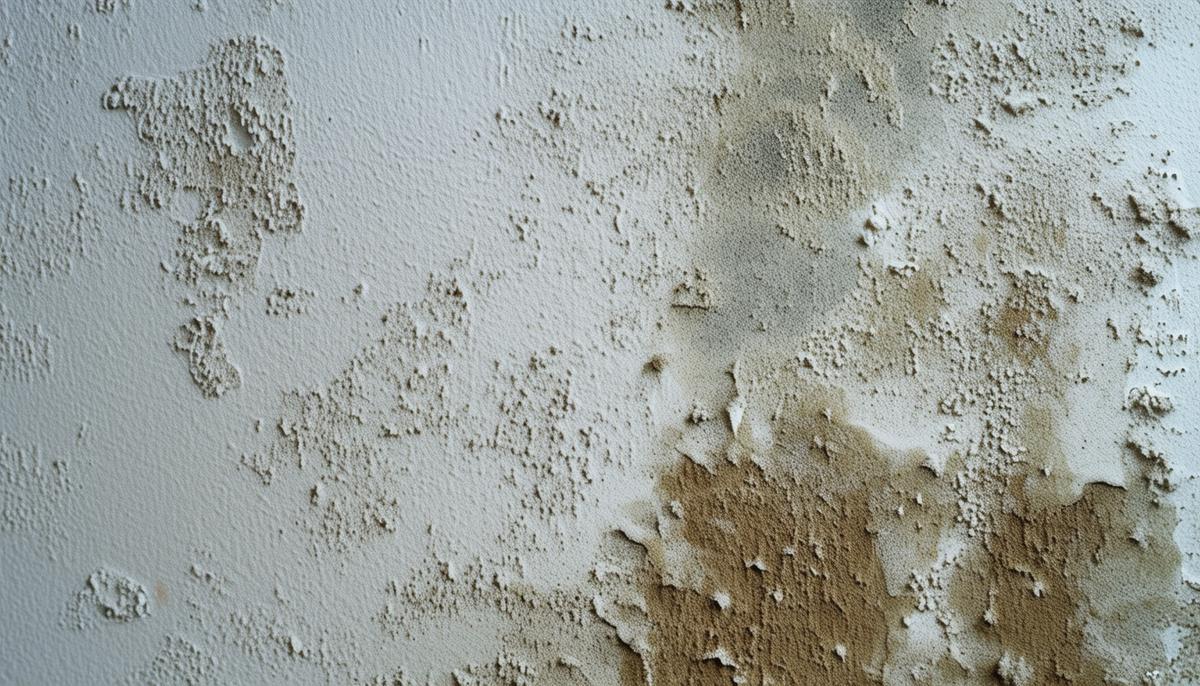
7. Poor Insulation and Ventilation
Poor insulation and ventilation are key areas to check during a home inspection. Proper insulation helps maintain a comfortable, energy-efficient home, while good ventilation ensures proper airflow and prevents moisture buildup.
Insufficient insulation can lead to higher energy bills and discomfort, as your heating and cooling systems work overtime to compensate. Signs of poor insulation include:
- Uneven temperatures throughout the house
- Drafts near windows and doors
- Excessive energy consumption
Inadequate ventilation can result in:
- Stuffy air
- Condensation on windows
- Mold growth in bathrooms
These issues not only affect your comfort but can also lead to more serious problems like water damage and poor indoor air quality.
Upgrading insulation and improving ventilation can significantly cut energy costs and enhance your home's overall comfort. If your inspection report highlights these areas, consider consulting a contractor to assess and upgrade as needed. While not as flashy as other home features, good insulation and ventilation are crucial for a cozy, efficient home that can weather any season.
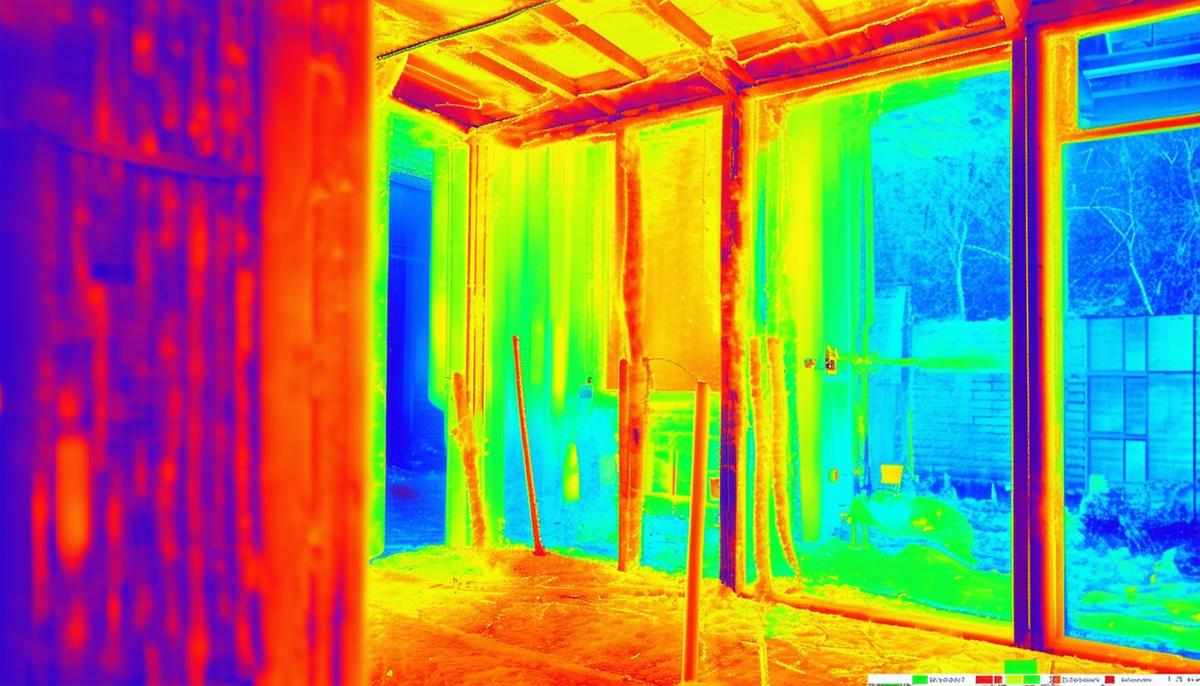
8. Pest Infestations
Pest infestations are a common issue that can turn your dream home into a nightmare. From tiny termites to sneaky rodents, these unwelcome guests can cause significant damage and create an unpleasant living environment.
During a home inspection, look for signs of pests such as:
- Droppings
- Nests
- Gnawed wiring
- Wood damage (especially for termites)
Termites, often called "silent destroyers," can cause extensive damage to wooden structures without being immediately noticeable. Other common household pests include cockroaches, ants, and even larger critters like raccoons in attics.
The good news is that most pest problems can be effectively treated by professionals. However, severe infestations might require more extensive cleanup and repairs, especially if pests have damaged wiring or infiltrated walls.
"For ongoing protection, consider investing in a termite bond from a reputable pest control company. This typically includes regular inspections and treatments to keep your home safe from these wood-munching menaces."
Remember, when it comes to pests, early detection and intervention are key. If your home inspection reveals any signs of infestation, don't hesitate to call in the pros. Keeping your home pest-free ensures it remains a comfortable and safe haven for you and your family.
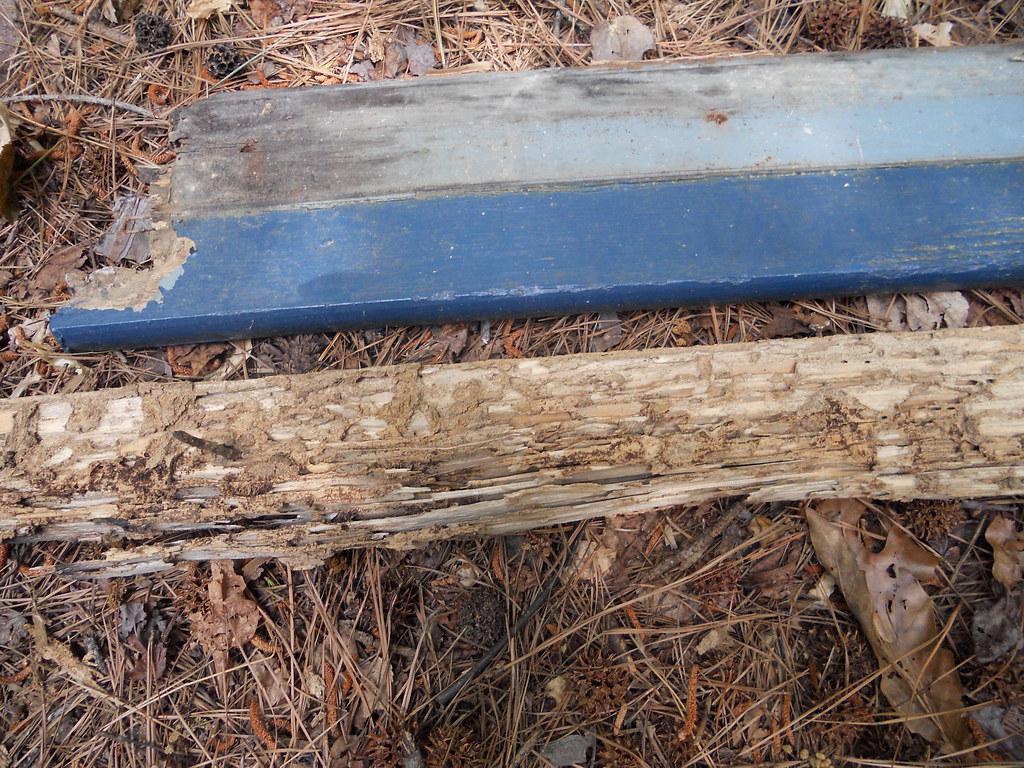
9. Window and Door Issues
Windows and doors play a crucial role in your home's comfort, energy efficiency, and security. During a home inspection, pay close attention to these important features.
Energy Efficiency
Properly sealed and functional windows and doors are essential for maintaining energy efficiency. Poor seals can let warm or cool air escape, forcing your HVAC system to work harder and increasing your energy bills. A simple test: close a window or door on a strip of paper. If you can easily pull the paper out, the seal needs attention.
Security
Security is another critical factor. Faulty locks, cracked frames, and broken panes can compromise your home's safety. Ensure all windows and doors close and lock properly.
Water Infiltration
Windows and doors that don't seal correctly can also allow water to infiltrate your home, potentially causing rot, mold, and structural damage. Check for signs of water damage around frames and sills.
Functionality
Functionality is key too. Windows that don't open or close smoothly aren't just annoying; they can be safety hazards in emergencies. Make sure all windows and doors operate smoothly.
If your inspection reveals issues with windows or doors, address them promptly. Timely repairs or replacements can improve your home's efficiency, security, and overall comfort. Remember, these features are your home's first line of defense against the elements and intruders, so keeping them in top shape is well worth the effort.
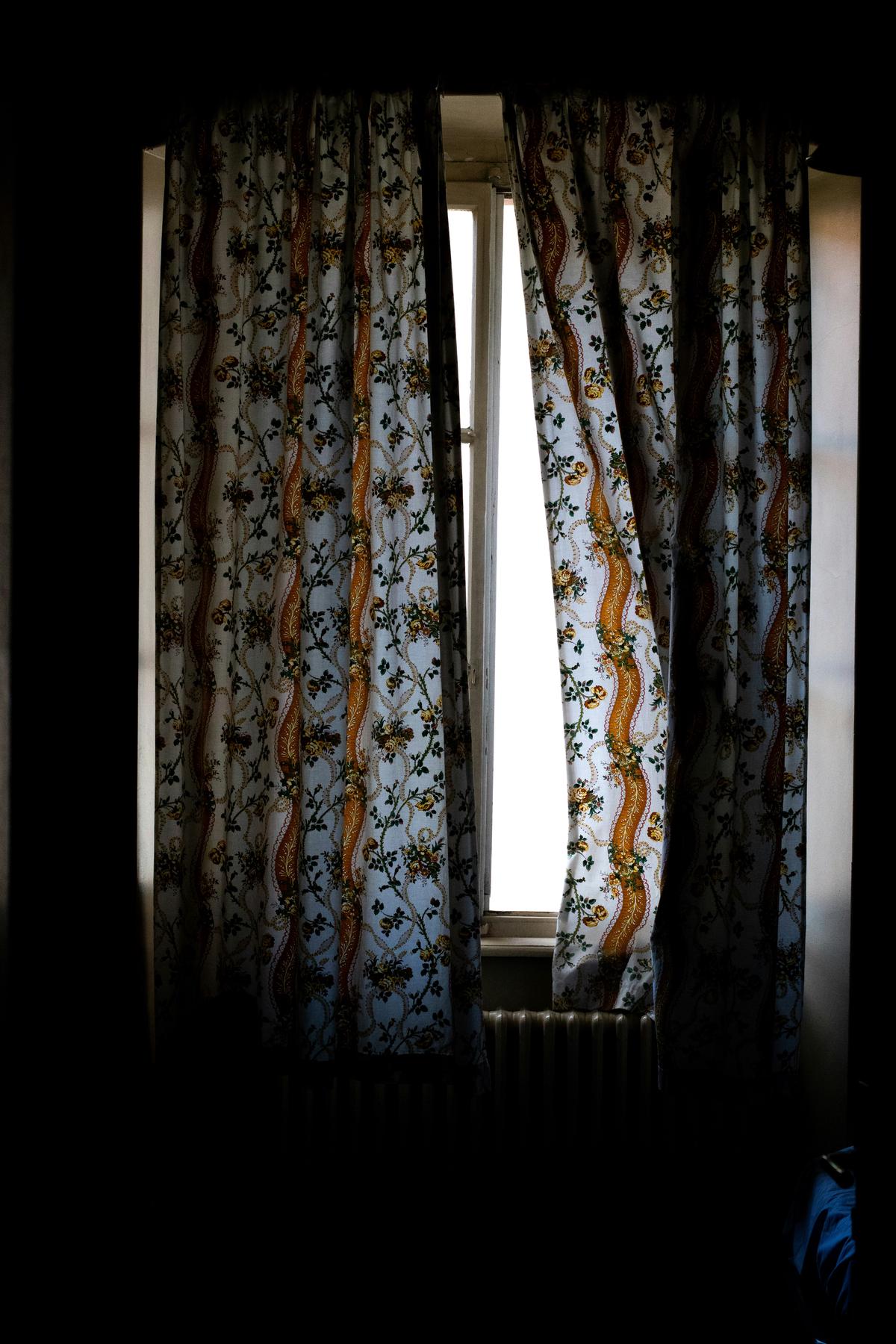
Photo by marisa_harris on Unsplash
10. Structural Problems
Structural issues are among the most serious concerns that can arise during a home inspection. These problems affect the very bones of your house and can be both dangerous and expensive to fix.
Common signs of structural problems include:
- Cracks in walls, ceilings, or floors
- Misaligned doors and windows
- Sagging or sloping floors
- Visible gaps between walls and ceilings
- Bouncy floors or noticeably lower ceiling patches
These symptoms often indicate deeper issues like foundation problems, compromised load-bearing walls, or weakened support beams. Poor drainage around the home's foundation or termite damage can contribute to structural weakening over time.
If your inspection report flags structural concerns, it's crucial to act quickly. Consult with structural engineers or foundation experts to assess the severity of the problem and recommend solutions. Repairs can range from minor fixes like patching non-structural cracks to major interventions such as reinforcing the foundation or replacing support beams.
While structural repairs can be costly, they're essential for maintaining your home's safety and value. Addressing these issues promptly can prevent further damage and ensure your home remains a stable, secure living space for years to come.
Remember, a thorough inspection and proactive approach to structural issues can save you from more extensive and expensive problems down the road. Don't shy away from these challenges – with the right experts and timely action, most structural issues can be successfully resolved.

Being proactive about potential issues during a home inspection can save you from future headaches and expenses. Addressing concerns like faulty wiring, roof problems, plumbing issues, foundation flaws, HVAC failures, water damage and mold, poor insulation and ventilation, pest infestations, window and door problems or structural challenges early on ensures that your new home remains a safe haven for years to come. Happy house hunting!

